
English Encyclopedia
 Music
Music

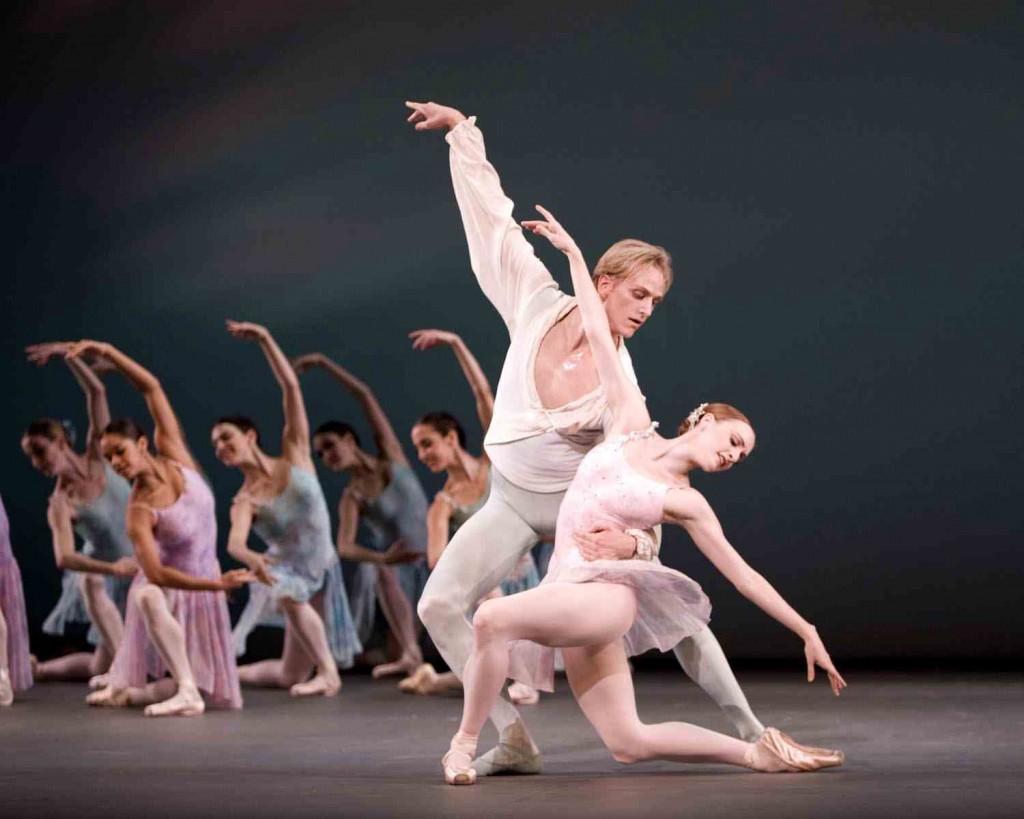
American Ballet Theatre (ABT) is a classical ballet company based in New York City. Founded in 1939 by Lucia Chase and Richard Pleasant, it is recognized as one of the world's leading classical ballet companies. Through 2019, it had an annual eight-week season at the Metropolitan Opera House (Lincoln Center) in the spring and a shorter season at the David H. Koch Theater in the fall; the company tours around the world the rest of the year. The company was scheduled to have a 5-week spring season at the MET preceded by a 2-week season at the Koch Theater beginning in 2020. ABT is the parent company of the American Ballet Theatre Jacqueline Kennedy Onassis School, and was recognized as "America's National Ballet Company" in 2006 by the United States Congress.
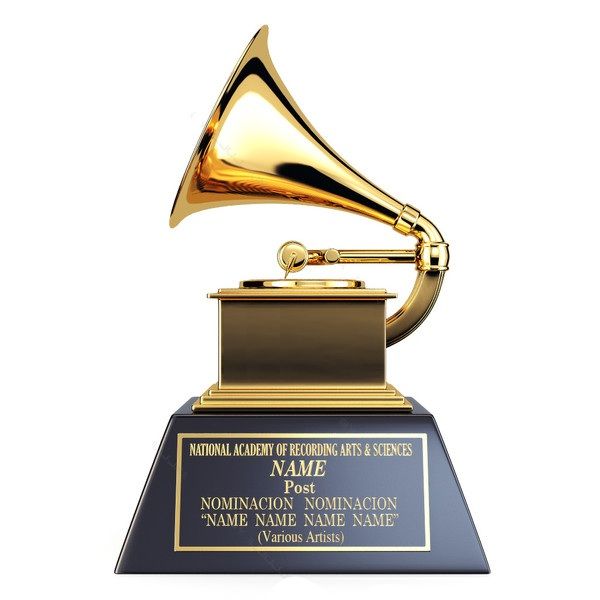
A Grammy Award (stylized as GRAMMY, originally called Gramophone Award), or Grammy, is an award presented by The Recording Academy to recognize achievements in the music industry. The annual presentation ceremony features performances by prominent artists, and the presentation of those awards that have a more popular interest. It shares recognition of the music industry as that of the other performance awards such as the Academy Awards (film), the Emmy Awards (television), and the Tony Awards (theater).
The first Grammy Awards ceremony was held on May 4, 1959, to honor and respect the musical accomplishments by performers for the year 1958. Following the 2011 ceremony, the Academy overhauled many Grammy Award categories for 2012.
The 61st Annual Grammy Awards, honoring the best achievements from October 1, 2017 to September 30, 2018, will be held on February 10, 2019, at the Staples Center in Los Angeles.

Lincoln Center for the Performing Arts (simply known as Lincoln Center) is a 16.3-acre (6.6-hectare) complex of buildings in the Lincoln Square neighborhood of the borough of Manhattan in New York City. It hosts many notable performing arts organizations, which are nationally and internationally renowned, including the New York Philharmonic, the Metropolitan Opera, the New York City Ballet and the New York City Opera.
A consortium of civic leaders and others led by, and under the initiative of, John D. Rockefeller III built Lincoln Center as part of the "Lincoln Square Renewal Project" during Robert Moses' program of urban renewal in the 1950s and 1960s.[1] Respected architects were contracted to design the major buildings on the site, and over the next thirty years the previously diverse working class area around Lincoln Center was replaced with a conglomeration of high culture to please the tastes of the consortium.[2]
Rockefeller was Lincoln Center's inaugural president from 1956 and became its chairman in 1961. He is credited with raising more than half of the $184.5 million in private funds needed to build the complex, including drawing on his own funds; the Rockefeller Brothers Fund also contributed to the project.[1] The center's three buildings, David Geffen Hall (formerly Avery Fisher Hall), David H. Koch Theater (formerly the New York State Theater) and the Metropolitan Opera House were opened in 1962, 1964 and 1966, respectively.
While the center may have been named because it was located in the Lincoln Square neighborhood, it is unclear whether the area was named as a tribute to U.S. President Abraham Lincoln. The name was bestowed on the area in 1906 by the New York City Board of Aldermen, but records give no reason for choosing that name.[3] There has long been speculation that the name came from a local landowner, because the square was previously named Lincoln Square. City records from the time show only the names Johannes van Bruch, Thomas Hall, Stephan de Lancey, James de Lancey, James de Lancey, Jr. and John Somerindyck as area property owners. One speculation is that references to President Lincoln were omitted from the records because the mayor in 1906 was George B. McClellan Jr., son of General George B. McClellan, who was general-in-chief of the Union Army early in the American Civil War and a bitter rival of Lincoln's.[4]
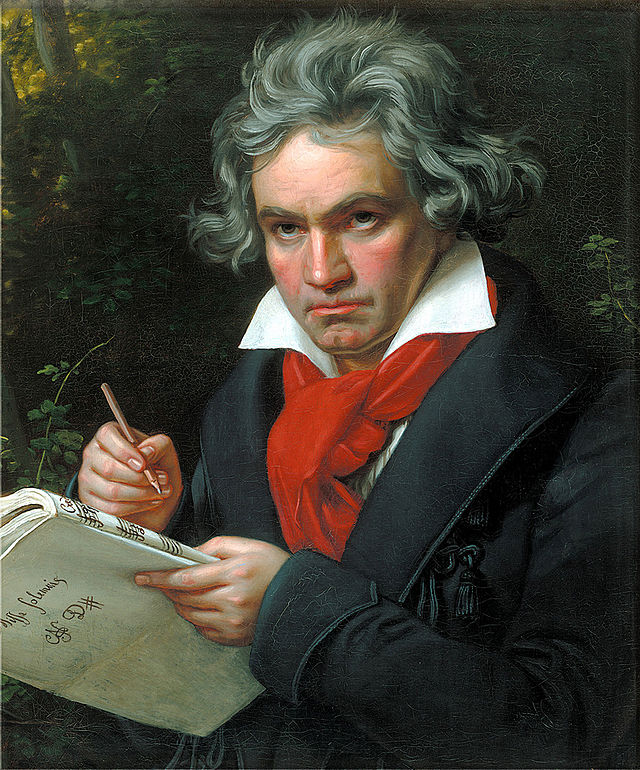
Ludwig van Beethoven (/ˈlʊdvɪɡ væn ˈbeɪt(h)oʊvən/ ( listen); German: [ˈluːtvɪç fan ˈbeːthoːfn̩] (
listen); German: [ˈluːtvɪç fan ˈbeːthoːfn̩] ( listen); baptised 17 December 1770[1] – 26 March 1827) was a German composer and pianist. A crucial figure in the transition between the Classical and Romantic eras in Classical music, he remains one of the most recognised and influential of all composers. His best-known compositions include 9 symphonies; 5 piano concertos; 1 violin concerto; 32 piano sonatas; 16 string quartets; a mass, the Missa solemnis; and an opera, Fidelio.
listen); baptised 17 December 1770[1] – 26 March 1827) was a German composer and pianist. A crucial figure in the transition between the Classical and Romantic eras in Classical music, he remains one of the most recognised and influential of all composers. His best-known compositions include 9 symphonies; 5 piano concertos; 1 violin concerto; 32 piano sonatas; 16 string quartets; a mass, the Missa solemnis; and an opera, Fidelio.
Beethoven was born in Bonn, then the capital of the Electorate of Cologne and part of the Holy Roman Empire. He displayed his musical talents at an early age and was taught by his father Johann van Beethoven and composer and conductor Christian Gottlob Neefe. At the age of 21 Beethoven moved to Vienna, where he began studying composition with Joseph Haydn and gained a reputation as a virtuoso pianist. He lived in Vienna until his death. By his late 20s his hearing began to deteriorate, and by the last decade of his life he was almost completely deaf. In 1811 he gave up conducting and performing in public but continued to compose; many of his most admired works come from these last 15 years of his life.
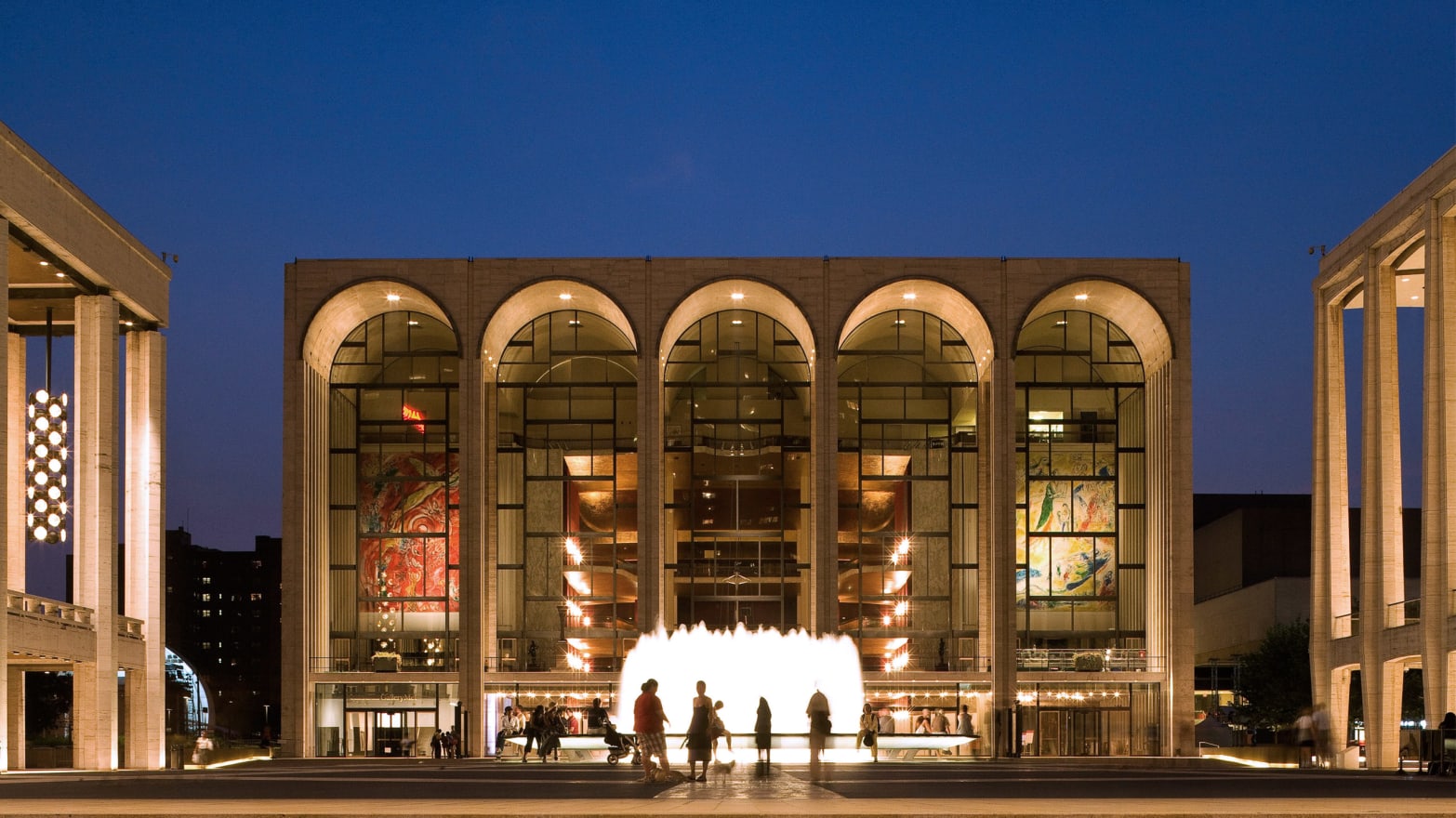
The Metropolitan Opera (commonly known as the Met[Note 1]) is an American opera company based in New York City, resident at the Metropolitan Opera House at Lincoln Center, currently situated on the Upper West Side of Manhattan. The company is operated by the non-profit Metropolitan Opera Association, with Peter Gelb as general manager. As of 2018, the company's current music director is Yannick Nézet-Séguin.
The Met was founded in 1883 as an alternative to the previously established Academy of Music opera house, and debuted the same year in a new building on 39th and Broadway (now known as the "Old Met").[1] It moved to the new Lincoln Center location in 1966.
The Metropolitan Opera is the largest classical music organization in North America. Until 2019, it presented about 27 different operas each year from late September through May. The operas are presented in a rotating repertory schedule, with up to seven performances of four different works staged each week. Performances are given in the evening Monday through Saturday with a matinée on Saturday. Several operas are presented in new productions each season. Sometimes these are borrowed from or shared with other opera companies. The rest of the year's operas are given in revivals of productions from previous seasons. The 2015–16 season comprised 227 performances of 25 operas.[2]
The operas in the Met's repertoire consist of a wide range of works, from 18th-century Baroque and 19th-century Bel canto to the Minimalism of the late 20th and 21st century.[3] These operas are presented in staged productions that range in style from those with elaborate traditional decors to others that feature modern conceptual designs.
The Met's performing company consists of a large symphony orchestra, a chorus, children's choir, and many supporting and leading solo singers. The company also employs numerous free-lance dancers, actors, musicians and other performers throughout the season. The Met's roster of singers includes both international and American artists, some of whose careers have been developed through the Met's young artists programs. While many singers appear periodically as guests with the company, others maintain a close long-standing association with the Met, appearing many times each season until they retire.
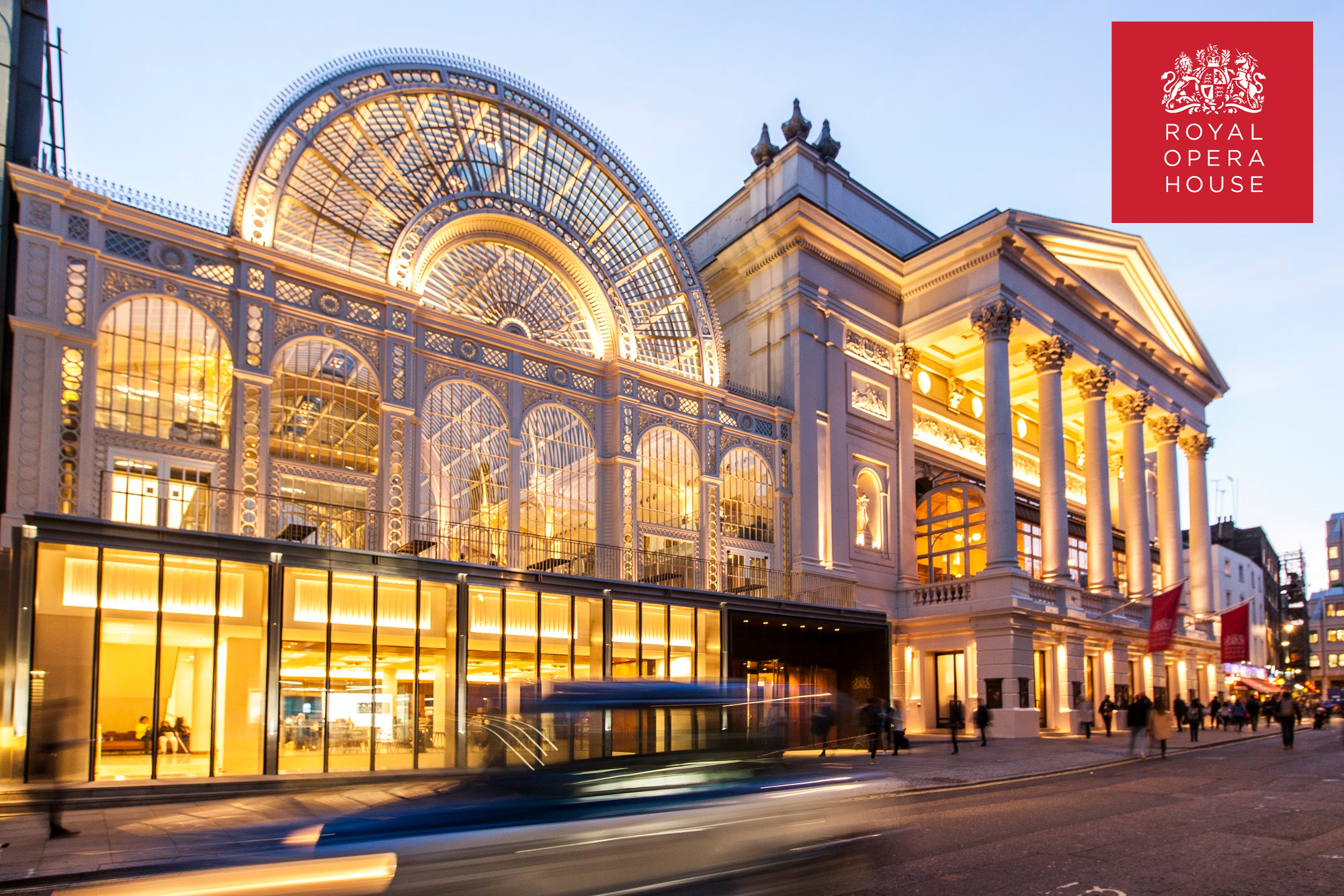
The Royal Opera House (ROH) is an opera house and major performing arts venue in Covent Garden, central London. The large building is often referred to as simply Covent Garden, after a previous use of the site. It is the home of The Royal Opera, The Royal Ballet, and the Orchestra of the Royal Opera House. The first theatre on the site, the Theatre Royal (1732), served primarily as a playhouse for the first hundred years of its history. In 1734, the first ballet was presented. A year later, the first season of operas, by George Frideric Handel, began. Many of his operas and oratorios were specifically written for Covent Garden and had their premieres there.
The current building is the third theatre on the site, following disastrous fires in 1808 and 1856 to previous buildings.[2] The façade, foyer, and auditorium date from 1858, but almost every other element of the present complex dates from an extensive reconstruction in the 1990s. The main auditorium seats 2,256 people, making it the third largest in London, and consists of four tiers of boxes and balconies and the amphitheatre gallery. The proscenium is 14.80 m wide and 12.20 m high. The main auditorium is a Grade I listed building.

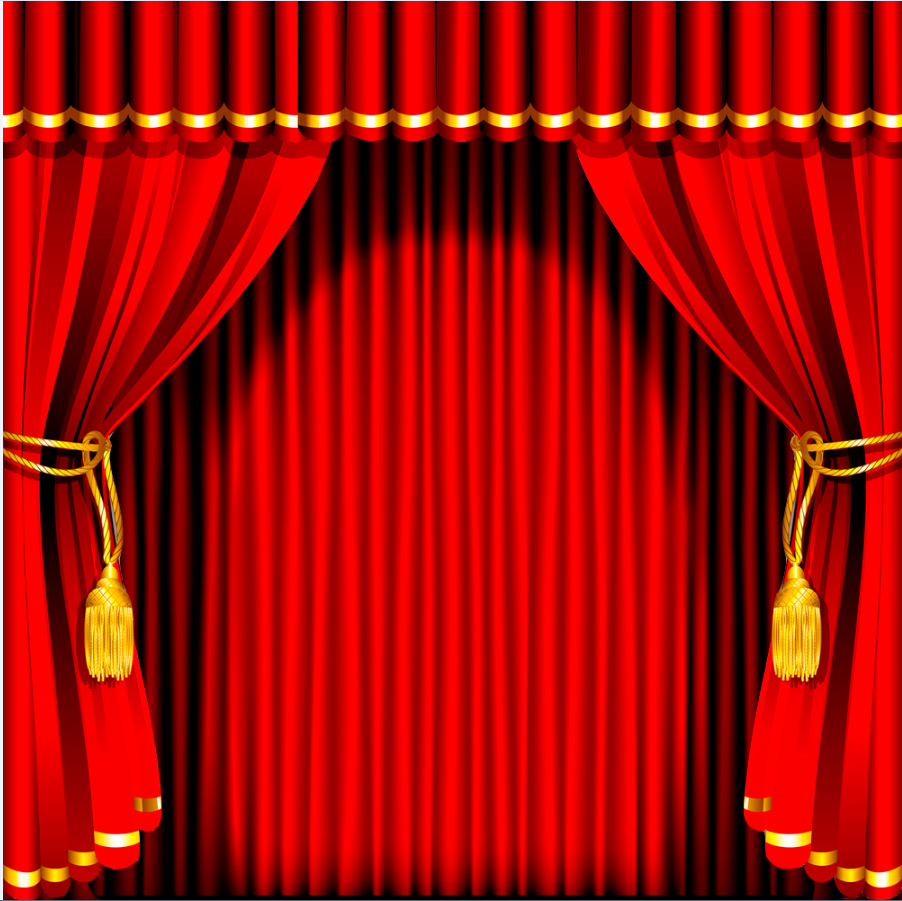 Performing Arts
Performing Arts
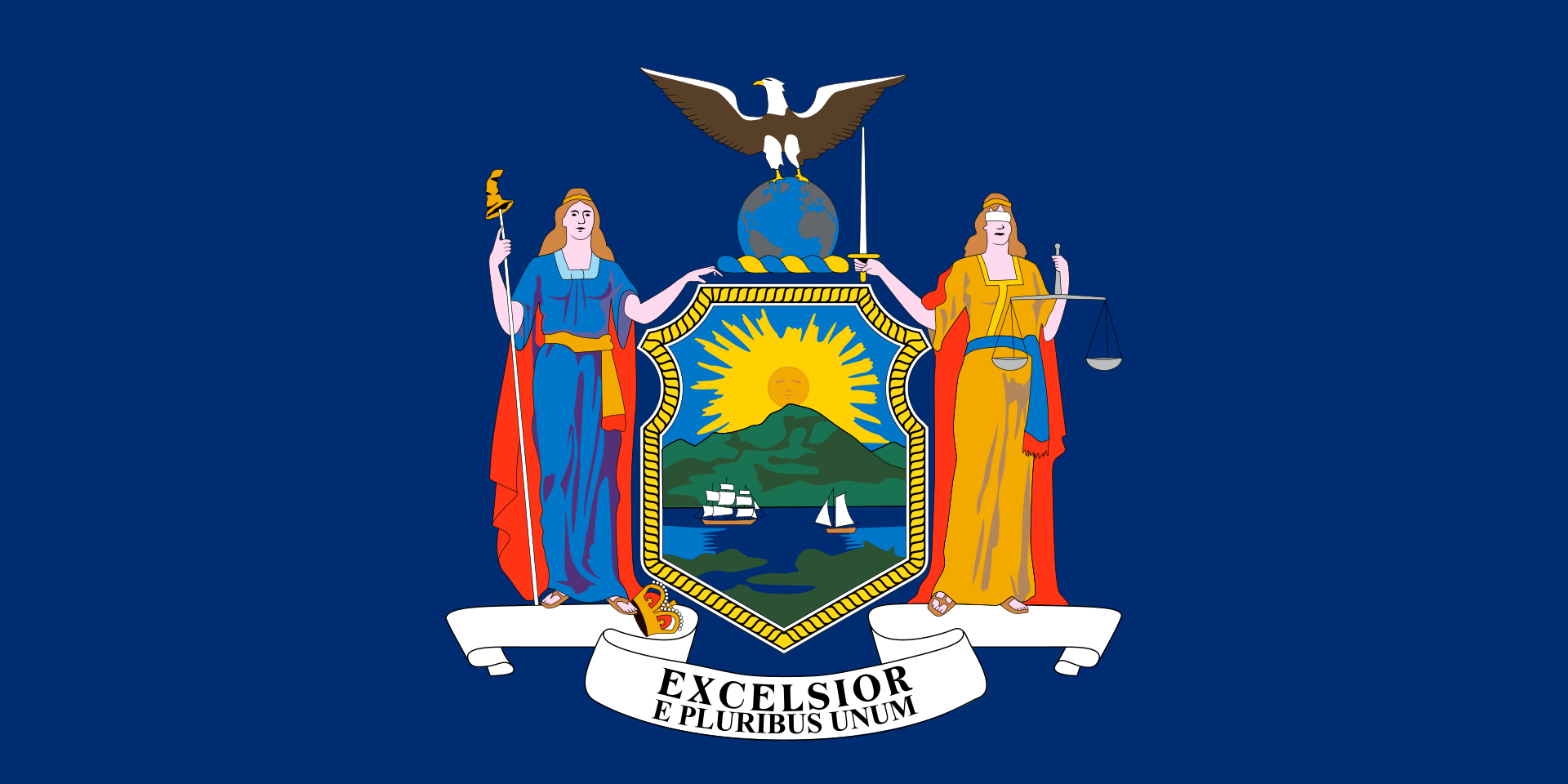 New York-NY
New York-NY
 Music charts
Music charts


 Christmas Market
Christmas Market
 Architecture
Architecture
